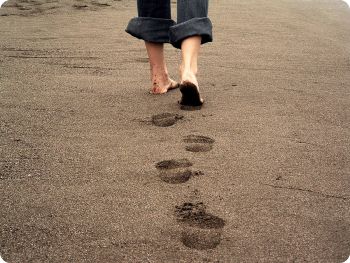The Nobel Prize Winning Science behind Telomeres and Aging
by Lorraine Alexander
In 2014 Diane Sawyer reported groundbreaking historical research from Harvard University. The researchers at Harvard succeeded in reversing aging in elderly mice. These changes were evident through hair growth, shinier coats, improved memory, the size of their brain grew, and even the ability to reproduce was restored. For the first time in history, research proves that there may be a way to delay or even turn back aging.
"Nobody had any idea that meditation and the like, which people can use to reduce stress and increase wellbeing, would be having their salutary and well-documented useful effects in part through telomeres." - Elizabeth Blackburn, Ph.D., Nobel Prize 2009
Humans are comprised of 37.2 trillion cells. With time, these cells naturally age. Each cell has a nucleus, which holds forty-six chromosomes. Chromosomes are often described as long shoelace-like X-shape structures. The tips are called telomeres, a protective end cap, much like the end of a shoelace. Every time a cell divides the telomere shortens. As telomeres shorten, we become more susceptible to disease and cancer. Eventually, the telomeres diminish to a degree that causes the cell to die. This is the only known "clock of aging" in humans discovered by medical science to date. As science grows to understand telomeres and telomerase, there is hope on the horizon for solutions that will preserve the integrity of the telomere, offering a higher quality of life and health well into our golden years.




 RSS Feed
RSS Feed

